Start date June 20, 1631 | ||
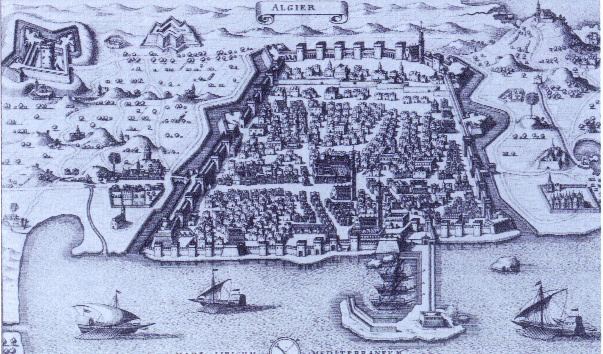 | ||
Similar North Star affair, Sack of Campeche, Battle of Nam Quan, Capture of the Fancy, Battle of Tonkin River | ||
The Sack of Baltimore took place on June 20, 1631, when the village of Baltimore, West Cork, Ireland, was attacked by the Ottoman Algeria and Republic of Salé slavers from the Barbary Coast of North Africa – Moroccans, Dutchmen, Algerians and Ottoman Turks. The attack was the largest by Barbary pirates on either Ireland or Great Britain.
Contents

The attack was led by a Dutch captain, Jan Janszoon van Haarlem, also known as Murad Reis the Younger. Murad's force was led to the village by a man called Hackett, the captain of a fishing boat he had captured earlier, in exchange for his freedom. Hackett was subsequently hanged from the clifftop outside the village for his conspiracy.
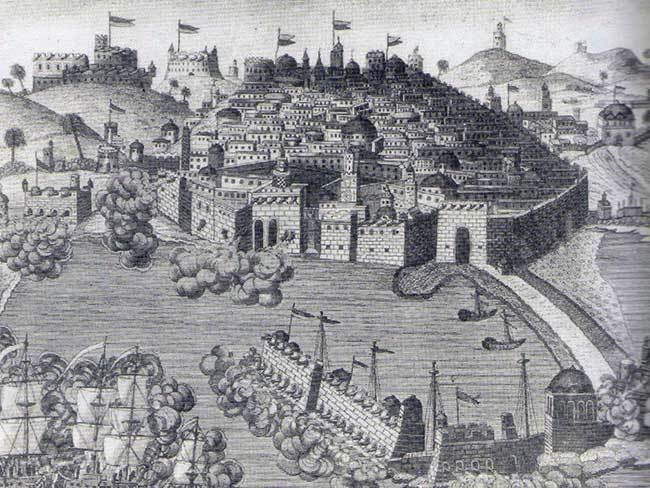
Attack
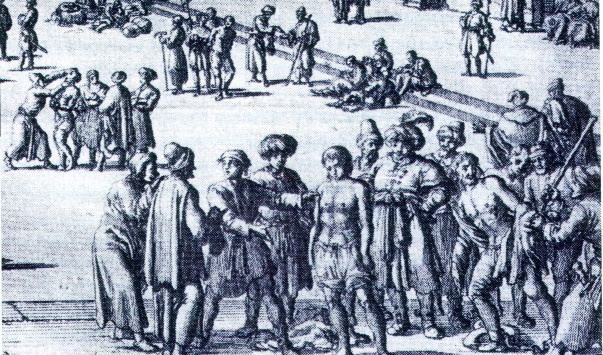
Murad's crew, made up of Dutchmen, Moroccans, Algerians and Ottoman Turks, launched their covert attack on the remote village on June 20, 1631. They captured 108 English settlers, but 237 according to Pierre Dan. who worked a pilchard fishery in the village, and many local Irish people. The attack was focused on the area of the village known to this day as the Cove. The villagers were put in irons and taken to a life of slavery in North Africa.
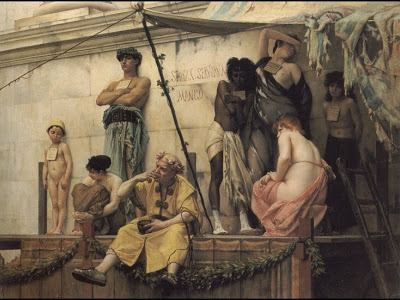
There are conspiracy theories relating to the raid. It has been suggested that Sir Walter Coppinger, a prominent Catholic lawyer and member of the leading Cork family, who had become the dominant power in the area after the death of Sir Thomas Crooke, 1st Baronet, the founder of the English colony, orchestrated the raid to gain control of the village from the local Gaelic chieftain, Fineen O'Driscoll. It was O'Driscoll who had licensed the lucrative pilchard fishery in Baltimore to the English settlers. Suspicion also points to O'Driscoll's exiled relatives, who had fled to Spain after the Battle of Kinsale, and had no hope of inheriting Baltimore by legal means. On the other hand, Murad may have planned the raid without any help; it is notable that the authorities had advance intelligence of a planned raid on the Cork coast, although Kinsale was thought to be a more likely target than Baltimore.
Aftermath
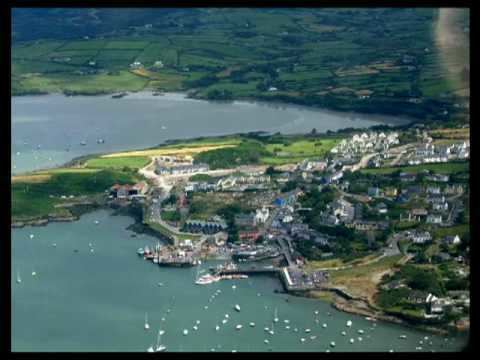
Some prisoners were destined to live out their days as galley slaves, rowing for decades without ever setting foot on shore, while others would spend long years in harem or as laborers. At most three of them ever saw Ireland again. One was ransomed almost at once and two others in 1646.

In the aftermath of the raid, the remaining settlers moved to Skibbereen, and Baltimore was virtually deserted for generations.
In popular culture
The incident inspired Thomas Davis to write his famous poem, The Sack of Baltimore. Evidently, Davis thought that the enslaved were O'Driscolls rather than planters who displaced them.
A detailed account of the sack of Baltimore can be found in the book The Stolen Village: Baltimore and the Barbary Pirates by Des Ekin.
In 1999, the raid on Baltimore was portrayed in a screenplay titled "Roaring Water, The Sack of Baltimore", by Irish screenwriter Sean Boyle.
In 2015, the raid inspired the song "Roaring Waters" from the album Last of Our Kind by British hard rock band The Darkness. The band were inspired to write the song after hearing of the incident while on Valentia Island, approximately 50 miles from Baltimore.
